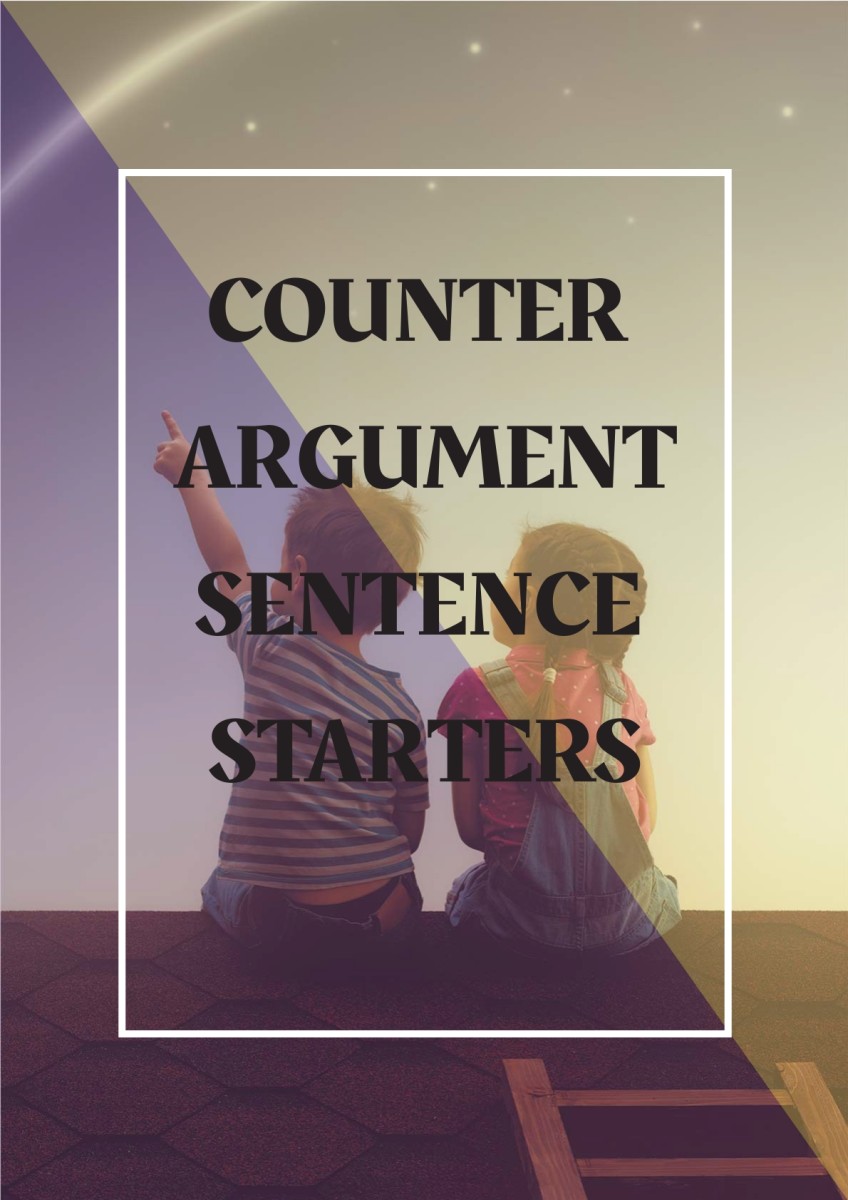Categorizing your Character's Behavior
Speaking as a writer, writer’s block is something I come across more often than not and there are many ways that writers go through with it. Taking a walk in nature, writing mindless prompts, listening to music, etc. And none of those really seemed to get my imagination going.
As a child, I roleplayed a LOT on a forum called Gaiaonline.com. Some of you might have heard of it. And I spent a significant amount of time online writing profiles for these characters (half of whom I wouldn’t even end up writing about); however, it created an obsession within me to profile and categorize characters that I would write and I developed a healthy obsession with different character’s personality.
This is not a way to cure writer’s block by any means. This is to spark your imagination and to help you better connect with your characters. Not to mention, it is honestly really fun to put your characters into these different cateogories and then give a little brief description underneath, justifying them. It’s also interesting that when you start writing and come to a crossroads with a character, you can revisit this profile and say, oh! I categorized him as this! So he might do this next!
I realized that almost none of my writer friends used these tactics and wanted to share them, to maybe help other writers out there! Hopefully it helps you with your quest for inspiration as it did mine.
Behavior Categorization
Ever seen the show Criminal Minds with the Behavioral Analysis Unit? This is essentially what it is. Every writer more than likely has a series of profiles for each character, setting aside their likes and their dislikes, religions and political affiliations as well their backstory. However, by Behavior Categorization, I’m not simply talking about positive and negative traits about them. A writer could say this character is comical and forgiving but that wouldn’t necessarily dictate how they would handle their brother being murdered.
There is something I used to tell my friends, as well as myself, to help with writing.
- Write a third-person omniscient description of an incident. At least one paragraph (but so as not to exhaust yourself, no more than three). It doesn’t necessarily have to do with your story but it absolutely can.
- Take three of your main or favorite characters and re-write that excerpt in each of their point-of-view, preferably third person limited.
- Now ask yourself. Is there a difference between those three paragraphs? If you gave that to a person who had read this story when it was complete, would they be able to differentiate and identify which character a certain paragraph belonged to?
- If not, you may want to re-think some of your character’s behavior. If so, then, well maybe you don’t need my help (:
Okay, so after I write my character profile identifying their name, gender, orientation, age, etc. (i.e. the boring stuff), I get a little teensy bit more carried away. They’re something that I call Behavior Categories and, while you may already do some of them, this is a more extensive list to further understand your characters.
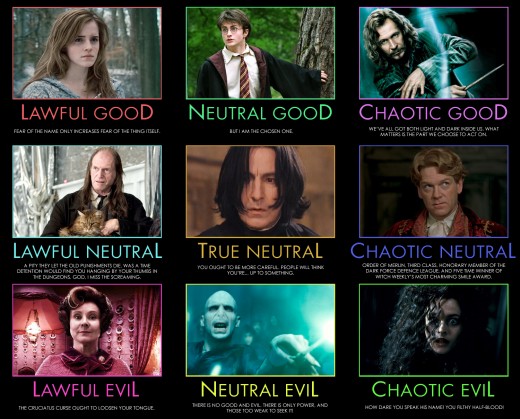
Dungeons and Dragons Alignment Chart
Stop. Don’t hit back yet. You don’t have to be familiar with the game and this REALLY helps you understand their personality.
The basics of the dungeons and dragons alignment chart is that you have four different ways a character can lean (and you can google all about this and get more detailed descriptions afterwards): lawful, chaotic, good, and evil.
Good and evil are pretty self-explanatory. How does your character rank on morality? Chaotic and Lawful is how they go about making that decision between good and evil. For example; Captain America would be considered Lawful Good as he always wants to make sure laws are obeyed whereas Batman would be seen as Chaotic Good given that he goes around law enforcement and makes pretty drastic decisions and risks.
There is also a Neutral for every character. Good, Evil, and Neutral meaning that sometimes you can be good and sometimes you can be evil, depending on what better suits your needs. As well as Lawful, Chaotic, and Neutral, sometimes you are just and sometimes you are unpredictable. Again, whatever best suits your needs.
Understanding whether your villain is Lawful Evil or Chaotic Evil is extremely important. This not only determines how intelligent your villain is but how cruel he is as well. Strictly speaking, Neutral Evil is known to be the worst evil as they are both intelligent as well as cruel (examples: Ramsay Snow-arguably- and Lord Voldemort).
Not only is identifying these important but it can also create links to other characters. As if implying they share something in common being the “perfect match” or they are “two sides of the same coin” such as King Arthur, who would be assumed as Lawful Neutral, and Merlin, who would be assumed as Chaotic Neutral.
I could go on an on about this but essentially how characters correlate to others on the chart indicates how well they would get on or what might cause even more conflict between the two.
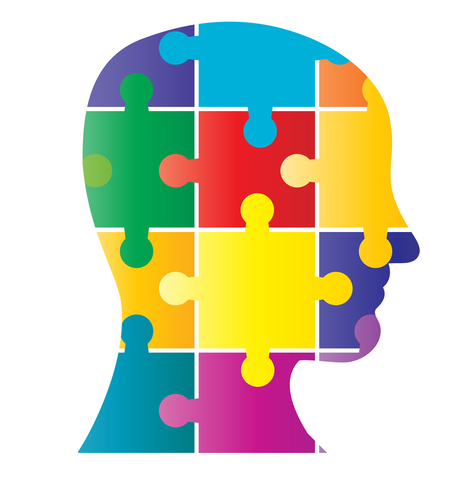
Myers-Briggs Personality Test
I’m going to keep this one nice and short because it gets VERY complicated.
If you haven’t heard of it already, the Myers-Briggs Personality test is one of the more complicated personality tests there are. It is suggesting there are 16 basic types of personality and they consist of four separate letters consisting of eight possible ones:
Extrovert (E) and Introvert (I)
Sensing (S) and Intuitive (N)
Thinking (T) and Feeling (F)
Judging (J) and Perceiving (P)
If you go to 16personalities.com, you may take a long questionnaire (either for yourself or as your character), and it will grant you a long and detailed description of your personality, profiling a great many different areas such as friendships, work life, strengths and weaknesses, among many other things.
My roommate actually had me take this personality test before we moved in together to make sure that we were compatible living partners. She is actually the reason I discovered it and the inspiration for categorizing my characters this way.
Now, you don’t always have to take the questionnaire. Once you become familiar with the differences between these four choices, you’ll be able to accurately grant a character a personality nearly on the spot and simply look up the four-letter personality to read what they have to say on your character.
In a pinch, it can actually really help you with inspiration for that character. I personally print out the entire description of the personality for each of my main characters so that I can check myself at any given time.

The Five Love Languages
Gary D. Chapman wrote a book in 1995 titled The Five Love Languages. Now, I have never personally read it in depth but I’ve skimmed several parts of it as well as had an in-depth analysis shared to me by one of my close friends. This conversation is actually one of the reasons I started putting it on my Behavior Categorization area of my character profiles.
Essentially (and, again, you can read up more on it if you wish) Chapman suggests that there are five different ways that we give and receive love:
Words of Affirmation (compliments)
Quality Time
Receiving Gifts
Acts of Service (doing things for them)
Physical Affection.
Chapman says that everyone has a primary and secondary love language and he suggests that it is these that cause the majority of strife in a relationship (among other things of course).
Now, the way I perceive it is that this doesn’t necessarily only apply to lovers. I have categorized some of my closest friends as well as my dog with these categories. For example, my dog’s primary is Physical Affection as he’s constantly begging for attention and will show me affection as well.
Chapman says that the reason couples feel as if the relationship has died is because neither of them believe that the other is showing love for them. Let’s say that you are Acts of Service, and cleaning your spouse’s house, doing their laundry, cooking for them, etc. is how you show them you love them. Now, let’s say your spouse is Quality Time. All your spouse wants to do is watch television with you or have a conversation. You don’t think that your spouse loves you because they are not doing any chores or favors for you. Your spouse, in turn, doesn’t think you love them because you’re too busy cleaning the house to watch television or talk with them.
Whereas a couple whose primary is both Receiving Gifts, they wouldn’t have as many problems in their relationship because they’re both showing love the same way they expect to receive it.
Again, you can read up more on it but basically it’s suggesting what stems from relationship problems and this can help identify how your character shows love to others and what their priorities are.
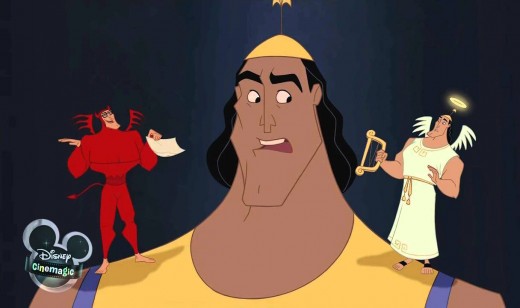
The Seven Deadly Sins and the Seven Heavenly Virtues
These are Christian ideologies depicting the best and worst traits of humanity. Most of them you should be somewhat familiar with but in the likelihood that you haven’t memorized them, here they are:
Pride, Envy, Gluttony, Lust, Anger, Greed, and Sloth
Humility, Kindness, Abstinence, Chastity, Patience, Liberality, and Diligence
In that same order, each heavenly virtue is essentially the opposite of the sin above it. Identifying your character’s best and worst trait would not only help you better differentiate between your characters, it would also force you to humanize your villains and demonize your saints. No character is all good or all evil. Even your villain has a point of redemption and even your hero has a downfall. For instance, the devil is surely not lazy. He is very diligent. And God has been many times called an angry God.
The Western and Chinese Zodiac
I’m, of course, referring to horoscopes such as Aries, Taurus, Pisces, etc. as well as the Year of the Dragon, Ox, Pig, etc. There is a drawback here. If you’re going to choose to categorize by zodiac, using both can become very confusing for many reasons so I advise you to just use one; however, if you’re feeling brave, by all means. It’s still fun.
What I do is work backwards. There’s no quiz showing you which zodiac horoscope you belong to and, even if there were, it would be flawed. With this, you’ll have to research and it all depends on what you find most important. I’ve researched zodiac’s darkest traits as well as the sex drive of different zodiacs.
Now, this turns out to be more fun than anything that will benefit your writing but if you wanted to you could try to pay attention to signs that are compatible and which signs are not. For instance, fire and water signs are very different and that may cause strife between them; however, the most this does for me is help get into the mind of the character and just be the character for a bit. It helps me define them more and gives me a few positive and negative traits that I might want to add to their profile to remember.

Hogwarts Houses and other Harry Potter Categories
Okay, don’t laugh, but I find this beneficial. And it’s also fun (:
Since J.K.Rowling revealed the American houses, now, I actually do both. Both Hogwarts and Ilvermorny. You’ll have to do research on them but most everyone is familiar with the differences between Gryffindor, Hufflepuff, Ravenclaw, and Slytherin. And while you might be tempted to put all your good characters in Gryffindor and all your bad characters in Slytherin, I urge you to think outside the box!
If they were a wizard or a witch, where would THEY choose to be place? And where would the sorting hat want them to be? Where would they be most beneficial? You can have evil characters in Gryffindor (think of Pettigrew) and you can have good characters in Slytherin (Snape).
Ilvermorny is the new house featuring four new houses:
Horned Serpent (favors scholars)
Wampus (favors warriors)
Thunderbird (favors adventurers)
Pukwudgie (favors healers)
We’ll have to wait for the new Fantastic Beasts and Where to Find them movie to come out and hopefully they’ll give us more in depth descriptions of the houses but I still make my assumptions and attempt to sort them.
Another fun way to sort Harry Potter related categories is their Patronus as well as their Boggart. Their Patronus is their spirit animal (meaning what animal would come to protect them in their time of need and/or what animal would your character most identify with). The Boggart would be the person/place/thing/anything that your character is most afraid of; for instance, Ron Weasley’s was a spider but Harry Potter’s was fear itself. Maybe one character fears themselves above anything else?
Divergent Faction
Now we’re getting a little bit ridiculous, right? Bear with me.
If you’re not a fan of this kind of stuff, no big deal. However, there are differences between the Hogwarts houses and the Divergent Factions. What’s interesting is when you start sorting out two different characters who are both in Slytherin, but maybe one of them is Dauntless and the other is Candor. Boom. Compare. Contrast.
The Divergent Factions are:
Abnegation (selflessness)
Candor (honesty)
Amity (kindness)
Dauntless (bravery)
Erudite (intelligence)
If you wanted to start being creative, you can pick two. One for the faction that they were born into and the other for the faction that they chose on transfer day when they’re sixteen (or if they’re younger, what would they transfer to).
It’s just a fun little idea to categorize your characters further.
Hunger Games District and Training Score
I know what you’re thinking. You gotta be freakin’ kidding me right? I know, I know, and there’s not much more I can say but it gives you a better understanding of your characters. Not to mention, if you’re stuck and can’t write further, mindless little tricks like these get your mind moving and gives you more motivation. Here are the districts:
Luxury, Masonry, Technology, Fishing, Power, Transportation, Lumber, Textiles, Grain, Livestock, Agriculture, and Mining
This one might not be as important but figuring out where your character would be most useful is always interesting.
With the training score, this basically dictates their survival skills. A number between one and twelve indicating their abilities to survive in the wild and against other people trying to harm them. You can go beyond physical strength. Just because someone is weak doesn’t mean they would get a one. Speed, strategy, and vulnerability all have to do with this equation, among many other things. Annie from Catching Fire survived her hunger games by hiding until everyone else had killed one another off.
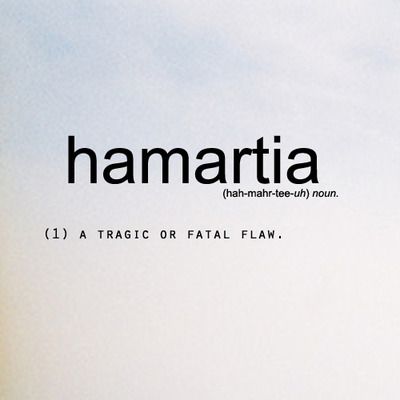
Fatal Flaws
Fatal or Tragic Flaw is a Greek concept basically identifying the main weakness of a character that could essentially be their downfall. Suggesting, what is most hindering your character’s ability to succeed? More often a trait, like hubris (very common) or curiosity, but could also be a person that they care for or a physical body part, such as Achilles’ Heel.
I actually adapted this from Rick Riordan’s Percy Jackson. Here is a helpful website to give you a few ideas of the fatal flaws that he used with his characters.
Intelligence Quotient
We all know what this is. You’re given one when you’re only just a child; therefore, it’s assumed that your character should be assigned one as well. It’s always fun to decide which of your characters are brilliant and which ones—not so much. Likely, you’ve decided this already but two characters that are both intelligence would likely have different IQ’s.
It’s not rightly possible to determine the highest or lowest IQ score possible or ever recorded; all that’s mainly understood is the average intelligence score is 100.
Under 70: Blatant Feeble-mindedness
70-79: Cognitive Impaired
80-89: Below Average Intelligence
90-109: Normal or Average Intelligence
110-119: Superior Intelligence
120-140: Extreme Superior Intelligence
Over 140: Near Genius, Genius, or Super Genius
You get the idea. And it doesn’t have to be 100% accurate. All that is important is that YOU, the writer, understand what that IQ score means regarding their intelligence. You can do as much or as little research as you want as long as it makes sense to you.
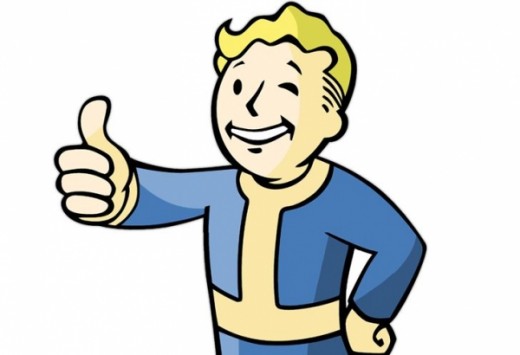
These are all the main ways that I categorize my characters. The end goal of these endless exercises is to eventually categorize your characters this way and then slowly realize what characters have in common and what they do not. Ideally, you would not have any two characters that share all the same categories. If you do, they’re either twins (like Fred and George Weasley) or you may need to rethink your characters a bit.
For me, this is a mindless, fun exercise that helps me to become my character and walk in their shoes if only for a moment. Sometimes, it’s hard to separate yourself from the character you're writing as it’s very tempting to let our personality become the main character.
This prevents you from doing that.
Like I said, I hope you found this helpful and that you incorporate at least one of these ideas into your personal character profile. If anyone has any other ways of categorizing characters, I would love to hear them! More categories is always fun and helpful to me!


